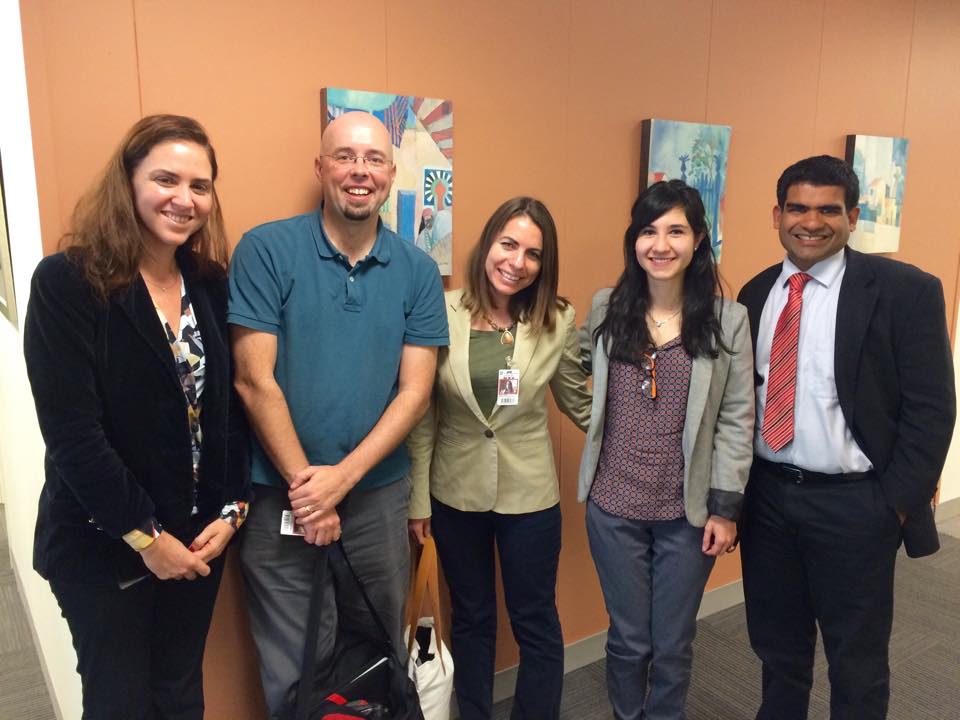Today I joined Joe Vess from Promundo at the World Bank offices to discuss how to create an effective anti-harassment campaign on public transportation. The World Bank is preparing to launch a pilot campaign on 30 buses in Mexico City this winter.
Here is more about what and why they plan to do. Stay tuned for more updates:
“In Mexico City, 65 percent of women have been victims of some type of gender violence on public transportation or at mass transport stops, terminals or platforms, according to government figures.
It is a reality repeated in other countries of the region. A survey by the non-governmental organization Action Aid in four Brazilian states revealed that 44% of women had suffered sexual harassment on public transportation.
In the first eight months of 2014, 129 people have been arrested for this type of conduct on mass transport systems in Bogota, Colombia, according to police records….
The World Bank and local organizations are developing a pilot program to implement effective measures to combat the problem of sexual harassment on public transportation and mass transport stops in Latin America.
Preliminary research identified four common denominators in interviews with users and public transport officials:
* Reporting is not easy: there is an overall sense that it is not worth reporting incidents because it is a complicated procedure that almost never produces results.
* There is little solidarity among strangers: if there were more of a sense of community, people would speak up when an incident occurs and would be more likely to support victims.
* Segregation is not enough: many users consider segregation a stopgap measure that does not address inappropriate behavior. Some even believe that it is another way to victimize women since it suggests that they “choose” to subject themselves to harassment if they do not travel in the women’s sections.
* Improved infrastructure = more security: participants feel safer when stations and platforms are in good condition.
Based on these results, experts recommend several measures to address the problem.
These include a public awareness campaign to encourage users to join forces against perpetrators, and new services to make users feel safer (for example, night buses that go to users’ houses, in the manner of the San Francisco system). Recommendations also include the development of mobile apps to report harassment, seek help or information.”

